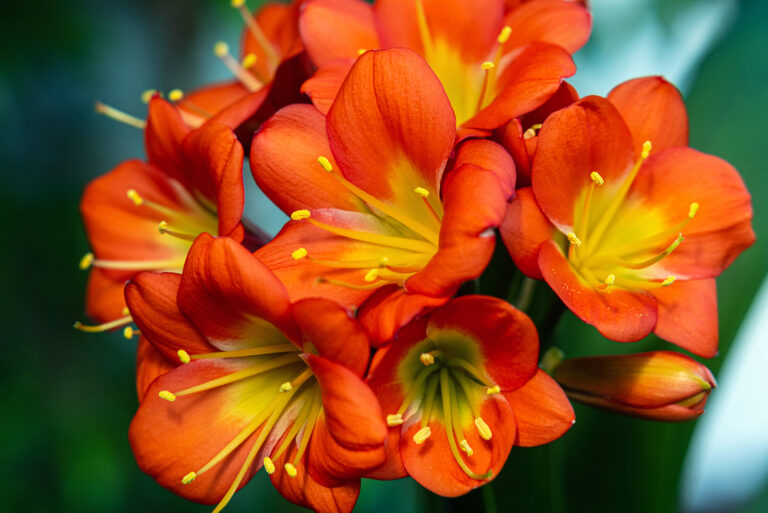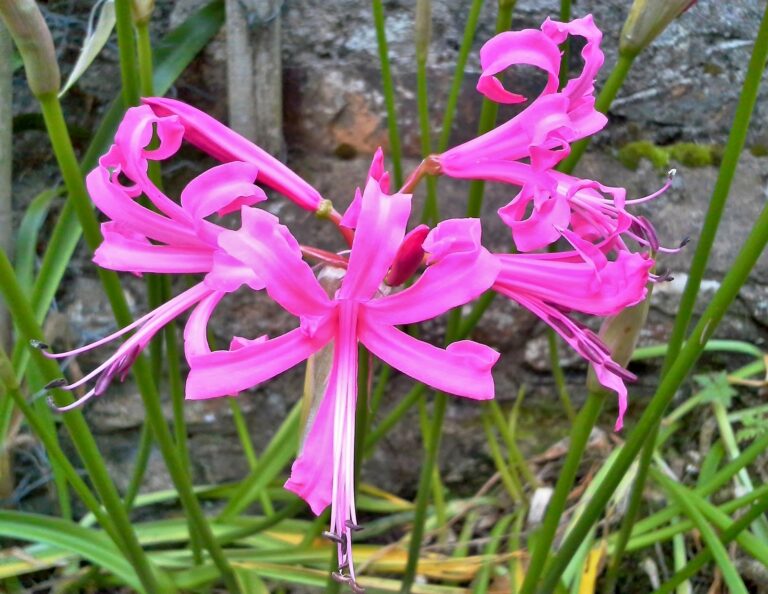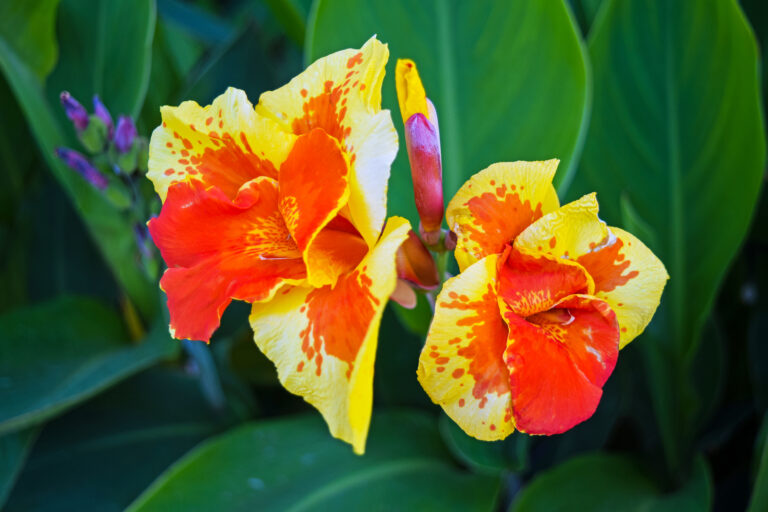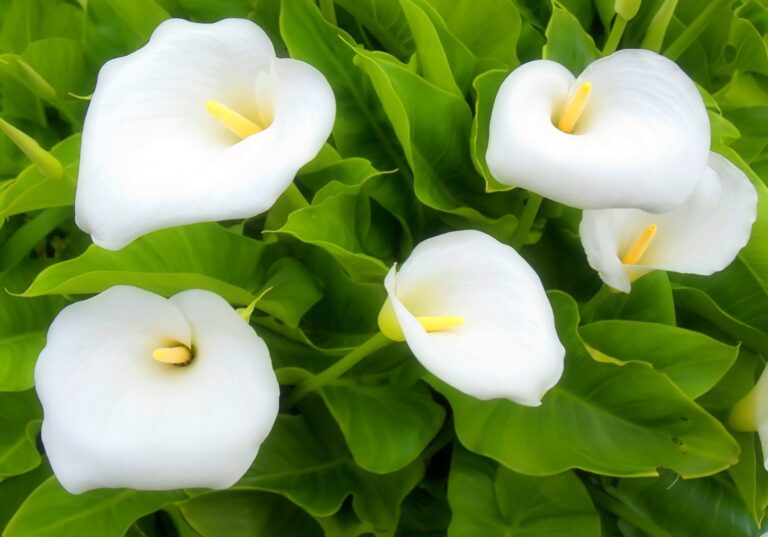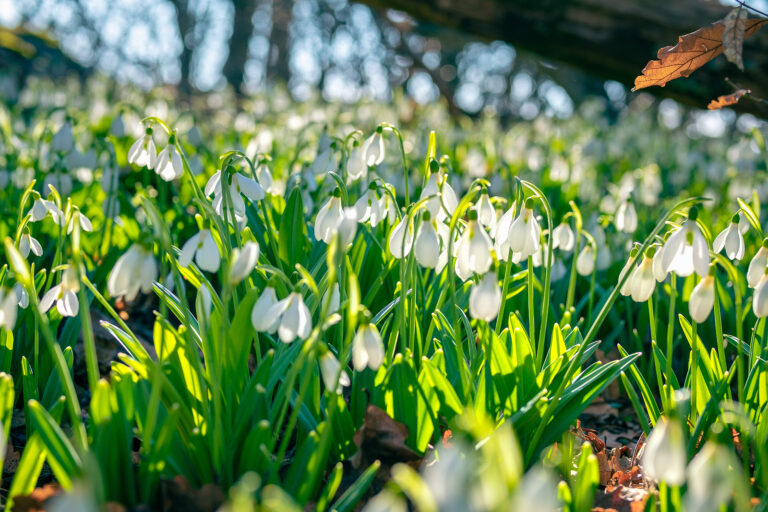How to Grow Sparaxis
Sparaxis is grown for its showy, brightly colored, funnel-shaped flowers carried in loose spikes in spring and summer. Flowers come in yellow, pink, purple, red, and white usually blotched and splashed with contrasting colors.
Sparaxis is sometimes called harlequin flower or wandlfower. Individual flowers have six petal-like tepals that are joined at the base to form a short tube. Each corm bears two or more stems each with 2 to 10 flowers.
Sparaxis grows from small corms. Plants produce lance- or sickle-shaped leaves, usually arranged in fans.
Sparaxis is suited for well-drained soil. Where winters are wet or cold, grow Sparaxis in pots that can be moved indoors in winter.
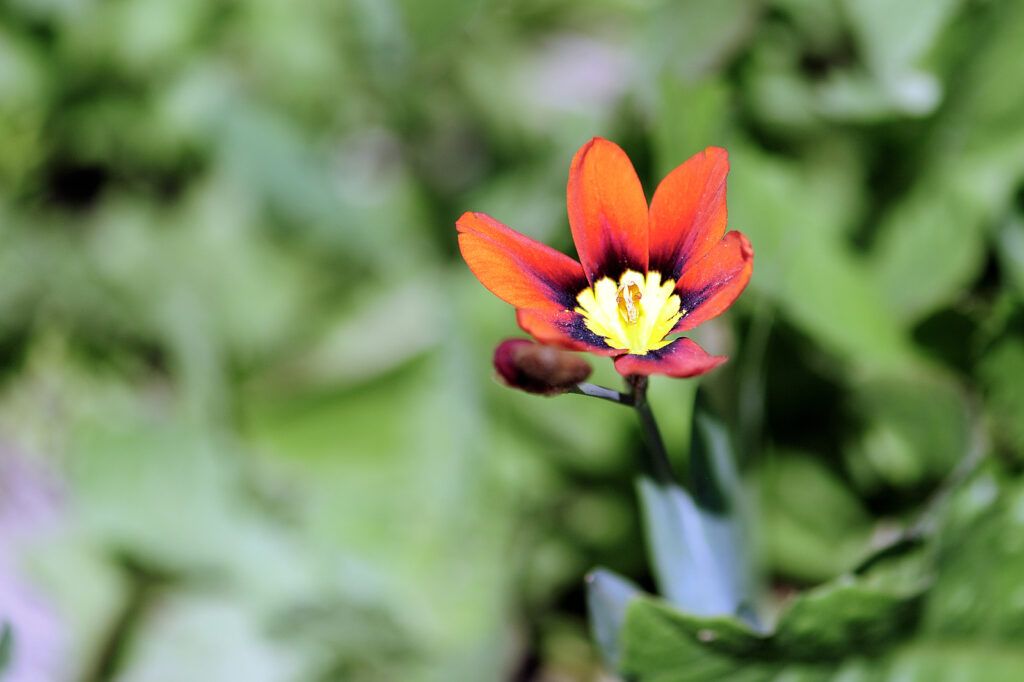
Get to know Sparaxis
- Plant type: Corm
- Growing zones and range: Zones 7 to 11
- Hardiness: Hardy to Zone 9
- Height and width: 10 to 12 inches (25-30cm) tall and wide
- Flowers: Small, funnel-shaped flowers in spikelike clusters on 12-inch (30cm) stems; flowers come in yellow, pink, purple, red, and white usually blotched and splashed with contrasting colors.
- Bloom time: Spring
- Uses: Beds, borders, rock gardens
- Common name: Wandflower, harlequin flower
- Botanical name: Sparaxis
- Family name: Iridaceae
- Origin: South Africa
Where to plant Sparaxis
- Plant Sparaxis in full sun.
- Grow Sparaxis in average to humus-rich soil that is well, drained.
- Grow Sparaxis outdoors year around where they are hardy, Zones 9 to 11; in Zones 7 and 9 give Sparaxis winter protection.
- Sparaxis wants warm days and cool nights and dry conditions when dormant.
- Plant Sparaxis in raised beds where winters are wet.
- Grow Sparaxis in containers where they are not hardy.
When to plant Sparaxis
- Plant corms in the garden in spring after the last frost.
- Set container-grown Sparaxis in the garden after the last frost in spring.
Planting and spacing Sparaxis
- Plant corms 1 to 2 inches (2.5-5cm) deep.
- Space Sparaxis 10 to 12 inches (25-30cm) apart.
How to water and feed Sparaxis
- Give Sparaxis regular water during the growth and bloom period.
- Fertilize Sparaxis at planting time with a light all-purpose fertilizer or bulb food.
Sparaxis care
- Where Sparaxis is not hardy, pot up corms in late summer and keep them in containers at 45° to 50°F (7.2°-10°C) in a well-ventilated spot through the winter.
- Remove corms from the garden after the leaves have yellowed and died back.
- Mulch Sparaxis heavily with a coarse mulch if corms are staying in the garden through winter.
Sparaxis pests and diseases
- Sparaxis is usually problem free, although autumn-planted Sparaxis is vulnerable to frost damage and soft rot.
Sparaxis propagation
- Sow seed in spring for flowers from mid-summer to late summer.
- Sow seed in late autumn for flowers in early to mid-summer.
- Corms can be separated and replanted in spring or autumn.
Sparaxis varieties to grow
- Sparaxis elegans, wandflower, harlequin flower: Grows 4 to 12 inches (10-30cm) tall; bears up to five flower spikes per corm and up to five flowers per stem; flowers are funnel-shaped in shades of red, orange, or white marked with yellow or violet.
- S. tricolor: wandflower, harlequin flower: Grows 4 to 16 inches (10-40cm) tall; bears one to five flowers per stem in late spring or early summer; blooms are funnel-shaped and 2 to 3 inches wide; flowers come in shades of red, orange, or purple with dark red or black central blotches.


